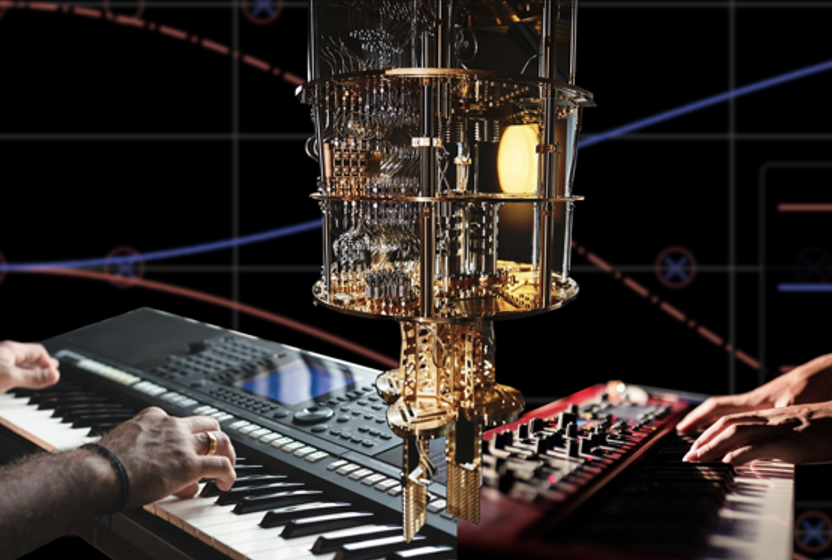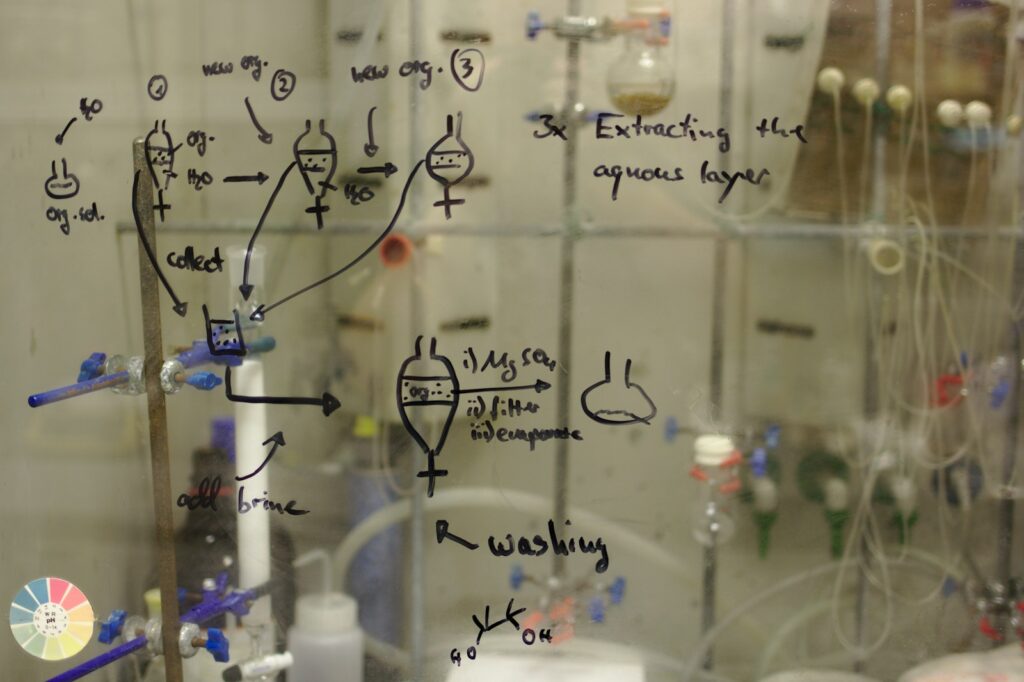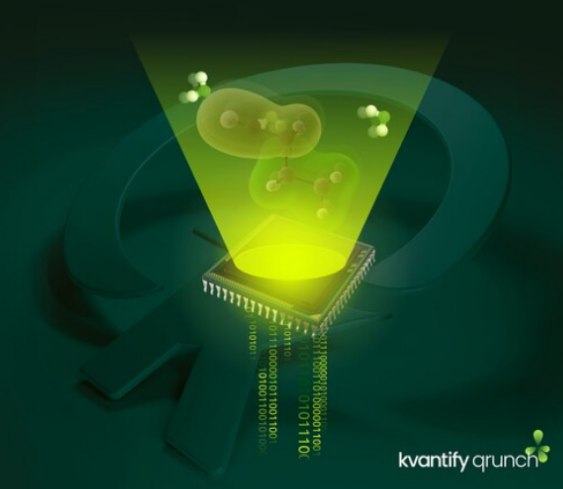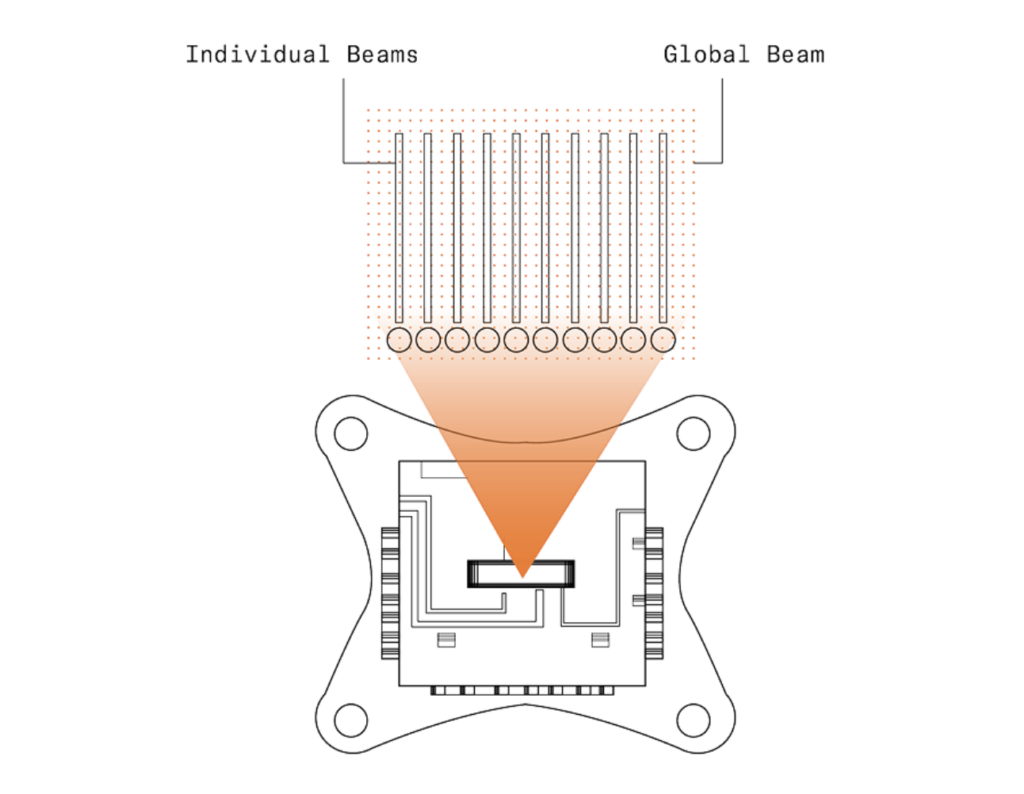Insider Brief
- A Kobe University research team led by quantum engineer Souma Satofumi has developed the world’s first browser-based interactive music system using quantum game theory to visualize and sonify quantum decision-making.
- The system models the prisoner’s dilemma as a musical “quantum jam session,” where users’ strategies and note choices are entangled, producing real-time auditory feedback that reflects quantum uncertainty and interference.
- Souma aims to expand the project into multi-user and higher-dimensional models to study human creativity and apply its insights to artificial intelligence and quantum hardware.
PRESS RELEASE — For many of us, quantum mechanics, game theory and jazz are difficult concepts by themselves, and it is hard to imagine how they would combine. But Kobe University quantum engineer SOUMA Satofumi posits that not only can they fruitfully interact, but their combination also provides new avenues to understanding each of them. Through creating the world’s first browser-based interactive music system based on quantum game theory, users are able to obtain real-time visual and auditory feedback on how their respective strategies intertwine based on their inputs in what resembles a quantum jam session.
Game theory provides a mathematical guideline for choosing optimal strategies based on expected payoffs, and as a framework to analyze how scenarios will play out where actors with different incentives interact has been applied in fields from economics to politics. Quantum game theory is an extension where the decisions of two “players” become “superimposed” and “entangled,” that is, intrinsically probabilistic and dependent on each other. Souma says, “Quantum game theory and quantum cognitive science represent new trends in modeling psychology and decision-making, yet research remained confined to theoretical and mathematical frameworks, with very few connecting to human and creative activities like music and art.”
At the 3rd International Symposium on Quantum Computing and Musical Creativity, Souma presents a newly designed browser interface that is based on the prisoner’s dilemma, a game in which two players independently decide between cooperation and defection. In Souma’s quantum version, rather than a specific path of action, users decide a stance towards the other and then each choose a note on a digital keyboard. However, the note they hear is the outcome calculated based on quantum-mechanical rules also applied in quantum computing, taking into account their respective strategies as well as the note they chose.

This represents the first time that concepts such as quantum uncertainty and entanglement have been expressed as auditory interactions, which should allow users to obtain a more tangible understanding of the underlying quantum concepts. Souma says, “Particularly, the structure where unexpected harmony or dissonance emerges from the interference of players’ strategies parallels the emergent dialogue found in jazz and improvisational music.”
Moving forward, Souma and his team will enhance this proof-of-concept to encompass even more dimensions, such as multiparty creative decision-making models and higher-dimensional structures handling multiple qubits. “Ultimately,” he says, “we aim to connect this work to the scientific exploration of creativity — understanding the human creative process and applying that model to AI and quantum hardware.”
Kobe University is a national university with roots dating back to the Kobe Higher Commercial School founded in 1902. It is now one of Japan’s leading comprehensive research universities with over 16,000 students and over 1,700 faculty in 11 faculties and schools and 15 graduate schools. Combining the social and natural sciences to cultivate leaders with an interdisciplinary perspective, Kobe University creates knowledge and fosters innovation to address society’s challenges.


















